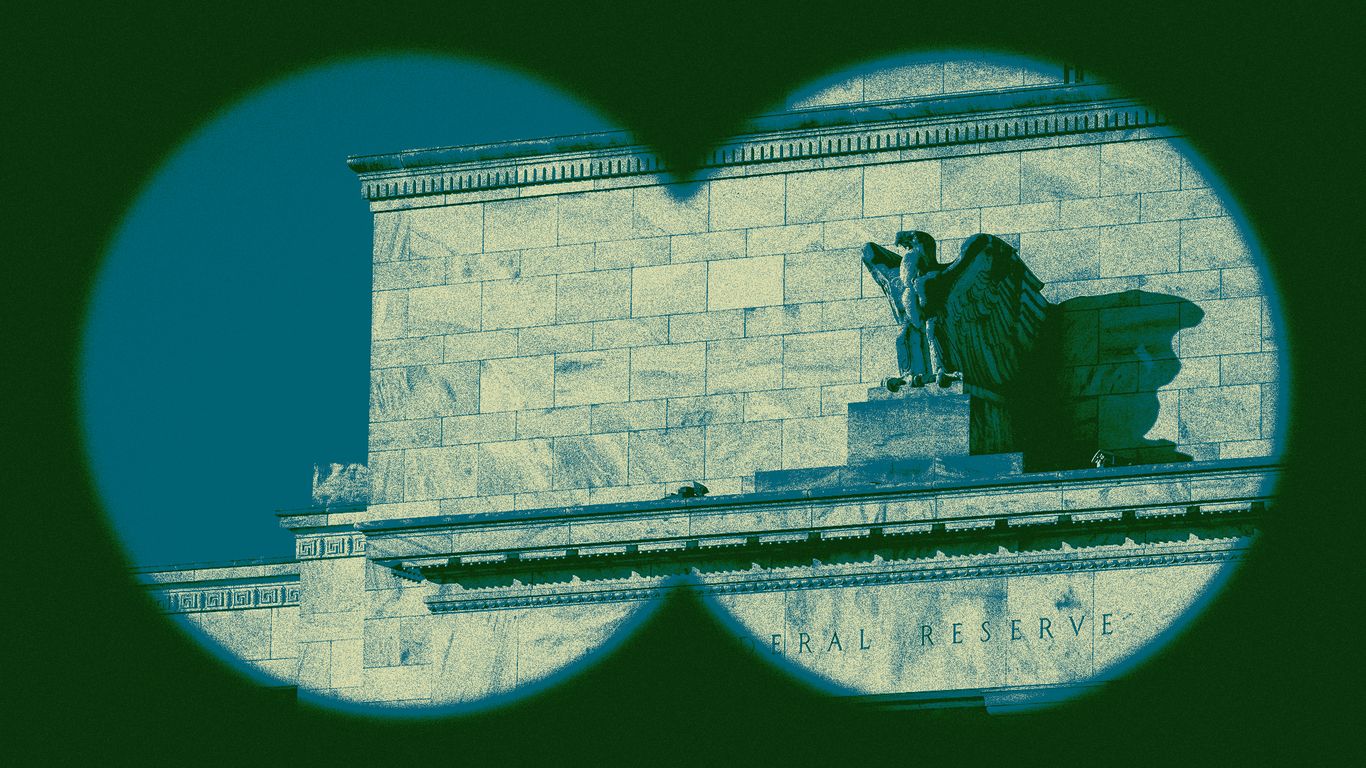Summary
The Federal Reserve's independence relies on its 12 reserve banks, but the Board of Governors in Washington has the power to change the structure and leadership of these banks. The Trump administration could influence the reserve banks by appointing a majority to the Board of Governors, potentially affecting the reappointment of bank presidents. This power struggle is crucial as upcoming changes in reserve bank leadership could align more closely with the president's preferences.
Key Facts
- The Federal Reserve has 12 reserve banks with a mix of public and private governance to spread power across the U.S.
- The Board of Governors in Washington can change the leadership of these reserve banks.
- The Trump administration aims to have a majority on the Board of Governors to influence reserve bank decisions.
- Reserve bank presidents are approved every five years; a Board majority could prevent reappointments they disagree with.
- The term for current reserve bank presidents is ending in February, making the leadership changes timely.
- There are concerns that current reserve banks focus on Democratic issues like climate and inequality.
- Political donations by reserve bank board members have recently favored left-wing candidates.
- The Board of Governors has significant control, including the ability to hire and fire reserve bank presidents.
